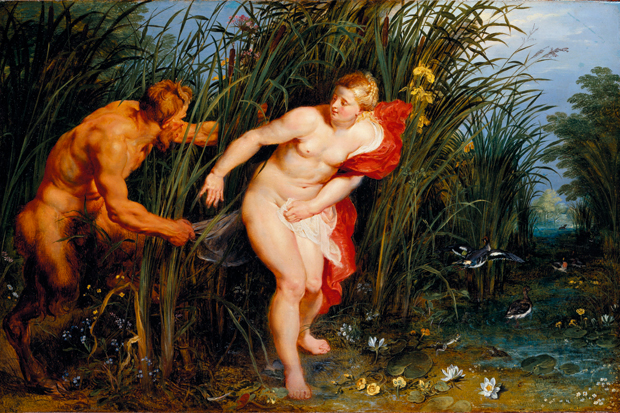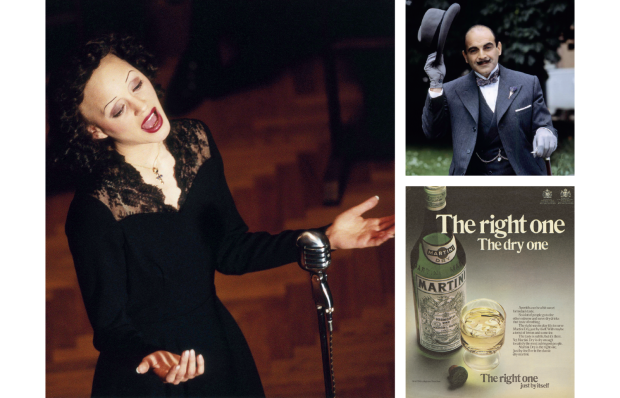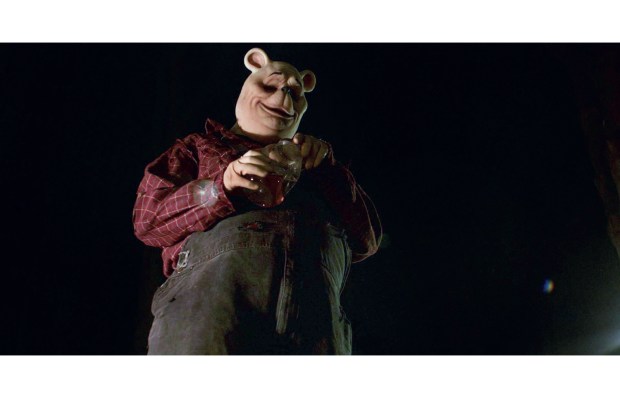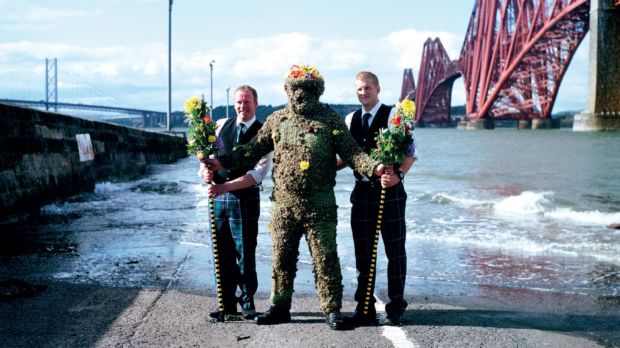This week a monumental exhibition, Rubens and His Legacy, is opening at the Royal Academy. It makes the case — surely correct — that the Flemish master was among the most influential figures in European art. There are few painters of the 18th or 19th century — from Joshua Reynolds to Cézanne, Watteau to Constable — who were not affected by his work. It will be interesting, however, to discover what the London art public feel about Rubens himself.
The British have had a complicated relationship with the great man. Its apex is represented by his residence in London — admittedly for a brief nine months in 1629–30 — his knighthood and the pleasure expressed by Charles I at meeting ‘a person of such merit’. The nadir, perhaps, came in 1647 when his ‘Crucifixion’, which hung on the altar of Queen Henrietta Maria’s private (Catholic) chapel in Somerset House, was removed by order of Parliament, run through with a sword and flung into the Thames.
Rubens, it seems safe to say, appeals to our cavalier side but less to the puritanical streak that runs through the national psyche. For some the fleshy amplitude of his figures — what might be termed ‘the cellulite factor’ — is a barrier to appreciating his art (although as a nation we are becoming more Rubenesque: the gluttons tumbling to perdition in his ‘Last Judgement’ have figures you could encounter on any high street today).
From the beginning of the relationship there was mutual interest between Rubens and English collectors — but also a degree of suspicion. In 1618 the artist traded a group of his own works with Dudley Carleton, British ambassador to The Hague, in exchange for the latter’s collection of classical antiquities. During the negotiations, Carleton and his agents were interested in how much of each picture the master himself had actually painted. Rubens then made a distinction between ‘by my hand’ and others ‘retouched by my own hand’ (but mainly painted by assistants).
Even this, according to Nico Van Hout, co-curator of the Royal Academy exhibition, was a simplification. ‘You should consider Rubens more as a brand,’ he suggests, making a comparison with the Beatles. ‘Some songs were by George Harrison, some by Paul McCartney, but everything is immediately recognisable as the Beatles music.’ Some pictures he painted entirely himself, for others he merely conceived the design and applied the final touches, in certain cases — Van Hout believes — he neither invented the composition nor laid a brush on the painting, but it was still marketed as ‘Rubens’.
He was obliged to employ a sizable workshop of helpers because of the demand for his work. As Ben van Beneden, director of the Rubens House museum in Antwerp, described, between just 1610 and 1620 he produced ‘dozens of altarpieces of gigantic proportions’. In addition, there were portraits, mythological scenes, political allegories, landscapes, voluptuous pictures to be enjoyed privately by connoisseurs, designs for prints, tapestries, title pages and festive decorations. The list goes on and on, as do the volumes of the complete catalogue of his works, the Corpus Rubenianum, which have been coming out since the 1960s and are set to continue to appear for years into the future.
Rubens was a truly European figure. Not for nothing is the preface to the RA catalogue penned by Herman Van Rompuy. A passion for Rubens spanned the political and religious borders of 17th-century Europe. He worked for the King of Spain, the court of France, the Grand Duke of Tuscany and Charles I. His energy and industriousness were astonishing. In addition to his work as an artist, he spent time and effort on diplomacy — he was in London to negotiate a treaty on behalf of Philip IV of Spain and his regent, Rubens’s patron, the Archduchess Isabella in Brussels.
Then, as Ben van Beneden says, he was ‘one of the great collectors of his time, with a collection that could rival those of princes’ — of his own pictures and other people’s, and most of all of classical antiquities about which he corresponded with scholars in France and Italy. Rubens mixed with the most powerful individuals of his day — despite some aristocratic resentment — on something like an equal footing. He ended up with not only a mansion in Antwerp, stuffed with artistic riches, but also a country house.
Yet despite his immense achievements and success, Rubens’s personality remains a little elusive. A large number of his letters survive, mainly written in Italian, the lingua franca of the day, but there is little intimate or revealing in them. Most are concerned with politics and diplomacy: the public persona, not the private man. Another oddity of his career was the extent to which — quite apart from the output of his workshop — Rubens collaborated with other artists.
The RA exhibition will not contain workshop products, but it will include some collaborations, among them a remarkable one with Jan Brueghel the Elder, ‘Pan and Syrinx’ (c.1617). There are around 30 pictures jointly painted by Rubens and Brueghel, although they were on the face of it the most ill-assorted of colleagues. Breughel was a master of landscape and still life on an almost miniature scale; Rubens able to fill palaces and whole churches with his robustly physical figures.
However, in this little painting of a naked nymph and a libidinous, heavily muscled, goat-legged god, their talents fused to perfection. Breughel — the older artist — as Van Hout says ‘delicately intertwined the brushwork of Rubens with his own’. This was the kind of poetic, erotically charged work that hugely impressed French painters such as Watteau, Boucher and Fragonard. Rubens’s own style was a synthesis of European art — the Italian renaissance mingling with his native Flemish attention to texture and surface, skin and hair. But, as the exhibition aims to make clear, various European nations took to different aspects of his art.
The erotic Rubens was influential in France, where the violent turmoil of his hunting and battle pictures also deeply affected Delacroix. In Britain, Constable and Gainsborough were inspired by Rubens the master of richly rolling landscape. As far as portraiture was concerned, his younger associate Van Dyck had a greater impact. Van Hout puts it like this: Rubens, in the portraits of the noble women of Genoa, ‘invented the Italian diva’, while Van Dyck was responsible for creating, visually at least, the English gentleman.
The English have had — so far — a complex response to Rubens. As it happened, the artist’s view of England was equally mixed. On the one hand, he warmly recommended a visit to his French antiquarian friend, Pierre Dupuy, ‘a spectacle worthy of the interest of every gentleman’. He mentioned, among other attractions, ‘the beauty of the countryside and the charm of the nation’.
Wearing his diplomat’s hat, however, he found the policies of the government in London tiresomely changeable. ‘Rarely, in fact, do these people’ — that is, Charles and his advisers — ‘persist in a resolution, but change from hour to hour, and always from bad to worse.’ Of course, diplomatic emissaries from Brussels might still feel similar frustration, especially in the coming year.
Got something to add? Join the discussion and comment below.
Get 10 issues for just $10
Subscribe to The Spectator Australia today for the next 10 magazine issues, plus full online access, for just $10.
‘Rubens and His Legacy: Van Dyck to Cézanne’ is at the Royal Academy until 10 April. Martin Gayford will review the exhibition next week.
You might disagree with half of it, but you’ll enjoy reading all of it. Try your first month for free, then just $2 a week for the remainder of your first year.














Comments
Don't miss out
Join the conversation with other Spectator Australia readers. Subscribe to leave a comment.
SUBSCRIBEAlready a subscriber? Log in